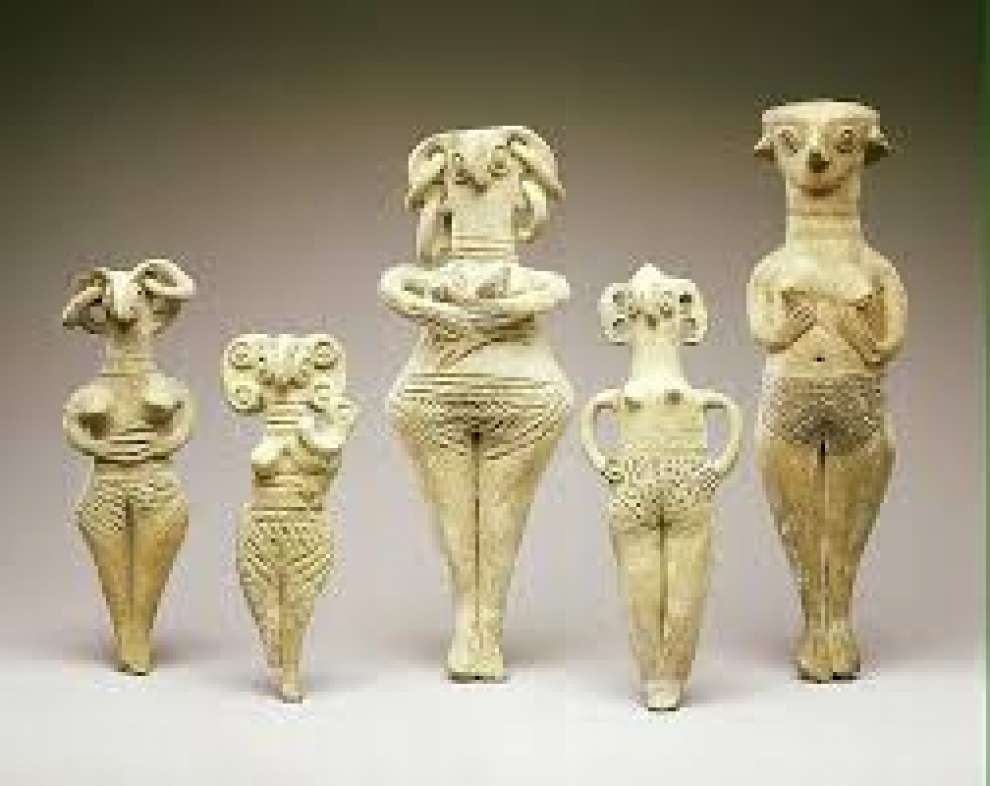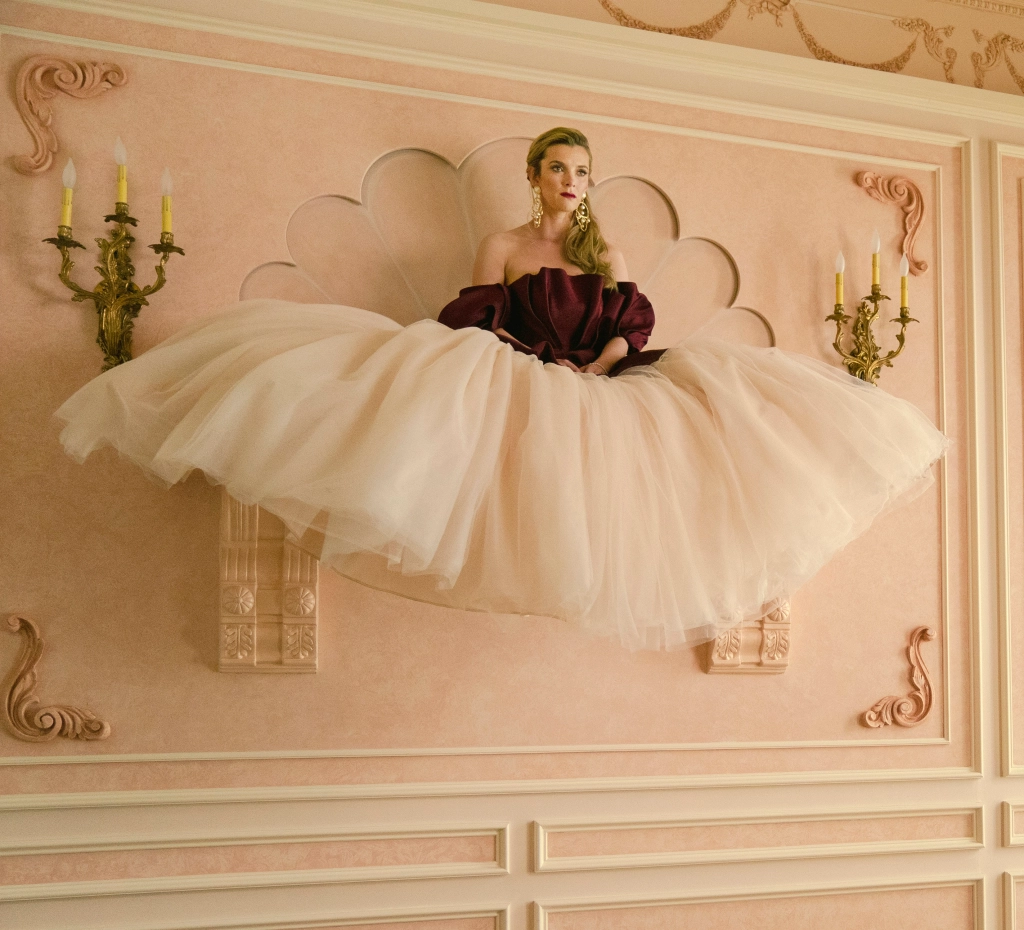“Left on the shelf”: Proverb, folklore, and the enigma of Aphrodite in Cyprus
The phrase that passed into everyday life
The rich Greek language is full of expressions that hide behind them stories of centuries. Among them, the phrase “left on the shelf” which denotes the unsought, something that was set aside, that was forgotten. Figuratively, in the past but also until today it is mainly said about women who did not marry at the “proper age.”
According to folklore sources, however, the most widespread explanation is the domestic one. The heirlooms and woven fabrics of the dowry, when not used, were placed on the shelves or in the trunks of the house. Thus, the image of the unused object was transferred metaphorically to unmarried women who “were left on the shelf.”
The sanctuary of Aphrodite in Palaepaphos
But what does all this have to do with the Goddess Aphrodite and her Sanctuary which is located in Paphos? Cyprus, however, and especially Palaepaphos (today’s Kouklia), brings us closer to a different symbolism. There the goddess Aphrodite was worshipped for centuries. Excavations revealed thousands of clay figurines — mostly female forms — offerings of faith and prayer: for fertility, for good luck, for marriage. The very abundance of them, sometimes heaped on shelves and in storage places, testifies to the power of the goddess in the life of the people.
The myth of the figurines
An oral narration, though not scientifically documented by the archaeological studies so far, wants the many young women to be “represented” with small figurines, which were placed on shelves or platforms, so that the men would choose a wife. Those figurines which were not chosen “remained on the shelf.” This narration has not been recorded in archaeological reports nor is it supported by science. It remains, however, a fascinating hypothesis that connects the phrase with the ancient cult of Aphrodite.

An open question
Although the folkloric version shows us the everyday life of households, the archaeological image of Palaepaphos transports us to a primordial religious experience. The phrase “left on the shelf” may be a product of later life; it may, however, unconsciously carry within it the echo of a tradition that bound the feminine element with love and fertility.
The answer may never be given with certainty. Yet the very question takes us on a journey: from the humble shelves of the dowry to the sanctuaries of Aphrodite, where the little clay forms continue to look at us enigmatically, the phrase “left on the shelf” still prevails today, thus perpetuating the character of the place and of our language.

 English
English
 Ελληνικά
Ελληνικά Русский
Русский
 Posted by
Michalis Venetsianos
Posted by
Michalis Venetsianos






